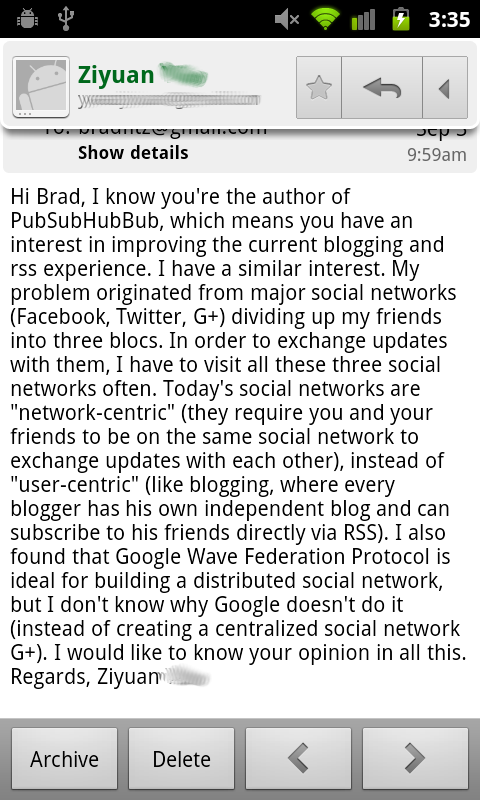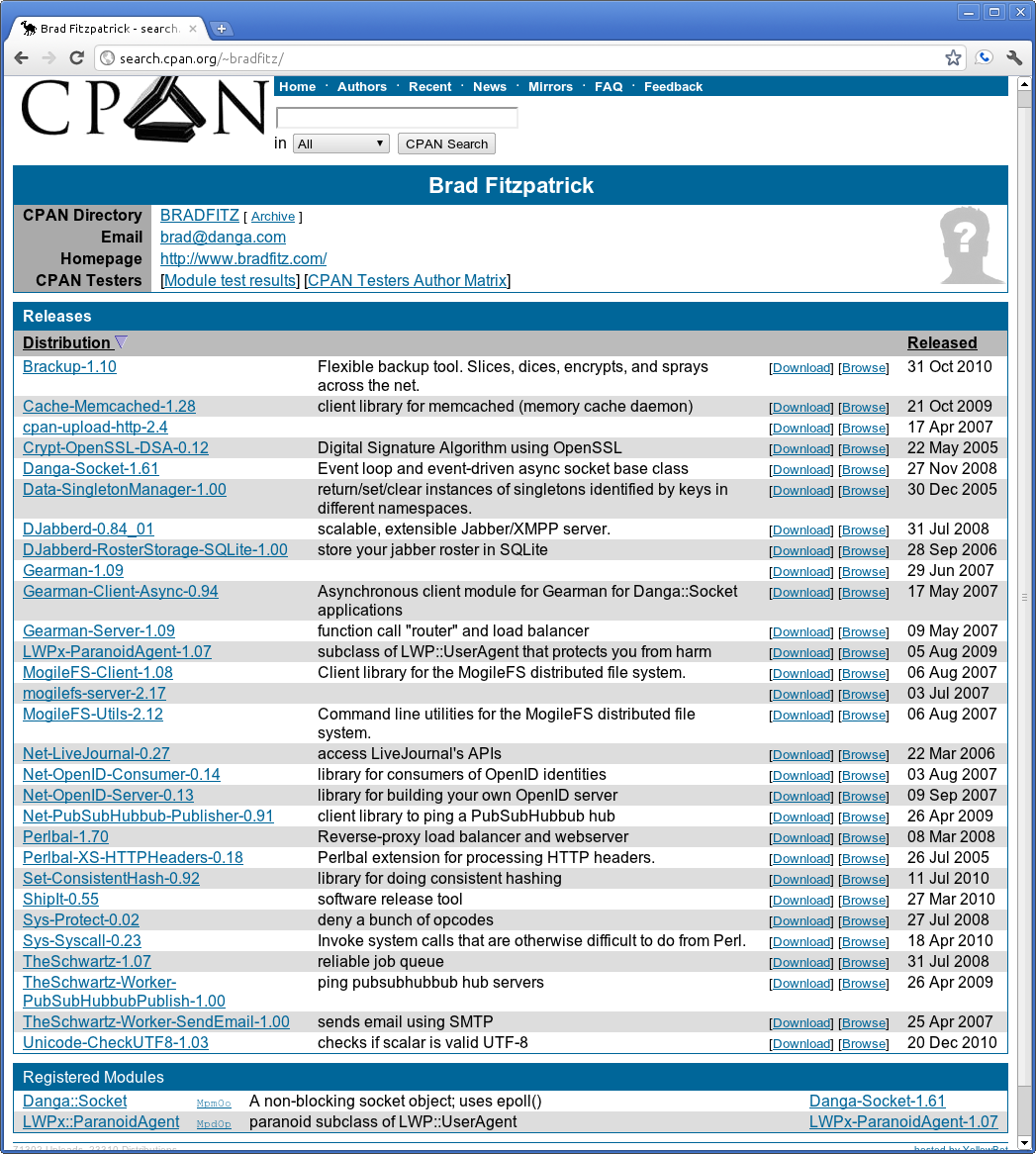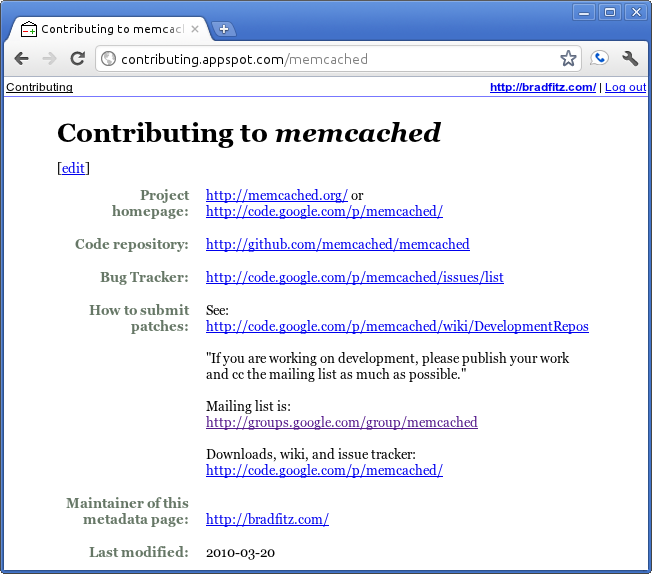
You may ignore #kids tweets if you do not want to know when we are having ice cream in the local zoo. You (or your software) will be able to ignore #dev tweets if you are not interested in my development work. I will now start to add short tags to my tweets which indicate a kind of "sub-channel" inside my tweet stream. This is Microtagging: short personal tags.
#Ejabberd sucks software
There should be a way for me to tag my tweets with my own personal tags, so that followers or their client software can select what they read. They have no way to filter only the interesting tweets. Parts of it is always spam for some of my followers. My familiy is not interested in technical tweets. But, there are followers who are not interested in my kids. I tweet about my work, about various projects, about my lunch, about the kids, about fun stuff I find.


I am tweeting different parts of my life. What we need is a way to filter relevant information from streams. Hashtags are the community driven Twitter way to give a litte bit of structure. Example: I once was followed within seconds by when I twittered #helgoland (both are beach holiday resorts). Follower phishing: is done by adding as many hashtags as possible to the tweet in the hope to attract attention of followers, specifically auto-followers which are triggered by certain keywords.Rarely used though and probably yet underrated. Example: "I am now at Los Angeles Airport #geoloc 33.94 -118.40" with the convention that after #geoloc follow longitude and latitude. Example: "My current #weight 72.2 kg" with the convention that after #weight follow a number and a unit. Data tagging: to use Twitter as a data channel for later evaluation.Its just a funny (and completely valid) mis-use of tagging. People started to add single word comments which support or augment the original tweet in form of hashtags. Comment tagging: is a very recent development.example: "Official hashtag for Barcamp Bangkok 3 is #barcampbkk3". Global tagging: is done in the spirit of tag-clouds to support global search for topics.Hashtags are currently used for several purposes: I will now start microtagging my tweets so that followers can filter and read only what they are interested in. The open file descriptor limit means also the max number of TCP (client) connections. zeank suspected that the problem is the limit of open file descriptors, 1024 by default. The number of about 1000 client connections was the constant of all crashes. That case was solved by upgrading the erlang runtime from R12B-3 to R12B-5.īut in this case it needed only 5 minutes and 1000 users to suck up the entire system memory. We had a similar problem before with a memory bug related to mnesia tables where a server with 5000 clients reaches 3 GB in 5 days and crashes. I usually run ejabber in a virtual server. I tried the installer, tried compiling erlang and ejabberd from source.

The crash dumps said something like:Įheap_alloc: Cannot allocate 747325720 bytes of memory (of type "heap")Įheap_alloc: Cannot allocate 934157120 bytes of memory (of type "old_heap"). Being right because of not knowing seems to be a constant. Oh right, the decision was correct, because nobody could have known. What a disaster would that have been to get Google as a direct competitor. The usual weblin annotation: when a "great manager" told investors, that virtual goods would not work as a business model, he proposed "annotations". The plain Web page identified by it's URL is a place where things happen. They are not just an anchor for places, like in Lively. Important for virtual presence is, that Google invests in the notion, that Web pages are places. They want to create something that persists. A big advantage of annotations compared to virtual presence is that annotations persist. But Sidewiki is important for virtual presence, because it shows, that a major player is moving closer. Annotations have been here before, as early as 1999. Sidewiki is not real virtual presence, as you do not see the people who are on the page at the same time. While posting an annotation you can send the same text also to your blogs.

It has rating system integrated, crowd driven spam identification, you can choose to see only annotations in your language. This is not the browser sidebar, but an extension driven page element. You can leave notes (annotations) on every Web page and see notes of other people. Sidewiki opens an annotation sidebar on every Web page. Google launched its new Sidewiki feature.


 0 kommentar(er)
0 kommentar(er)
